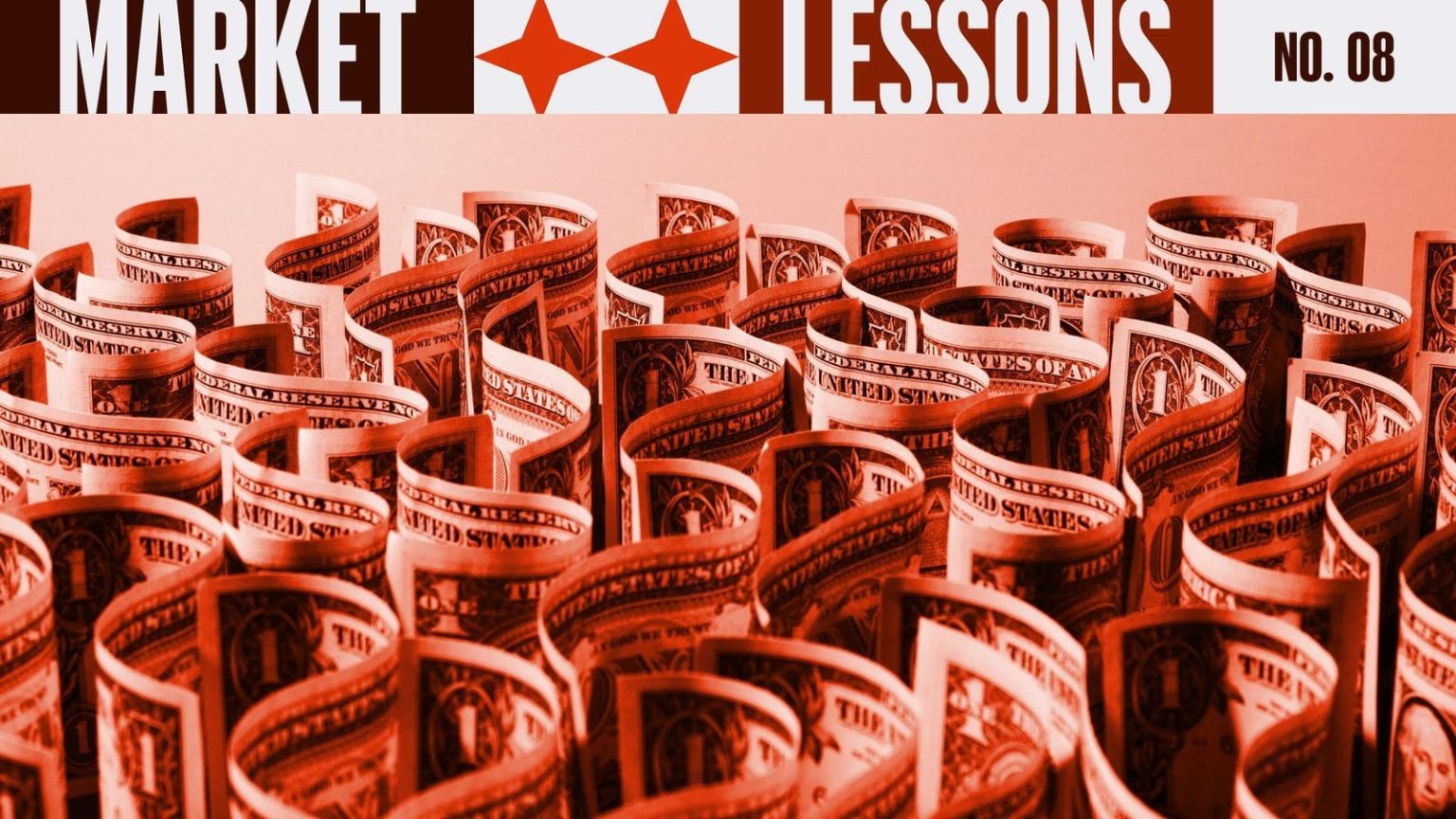The price/free cash flow ratio indicates whether a company is equipped to reward impatient shareholders.
Written by Hyunsoo Rim and Segun Olakoyenikan; Edited by William Baldwin
You knew Tesla is expensive: It trades at 63 times trailing earnings. Did you know that its cash flow multiple is even more of an outlier, at 10 times the P/E?
The metric in question is price divided by free cash flow. This compares the market value of common shares to the loose cash generated by a business. A low ratio is a sign that a company is cheap.
The P/FCF ratio is similar to the price/earnings ratio. Free cash, however, can differ greatly from earnings. A company might report great earnings while being quite unable to accumulate cash. The money it makes is being poured back into the business, either to replace aging equipment or to expand. Such outfits may be reasonably priced in P/E terms but look rather expensive when it comes to P/FCF.
Tesla’s profit of $12 billion in the 12 months to June 30 was not bad, but there was considerably less left in the till when the company was done with its capital expenditures. Tesla is sinking much of its profit into new factories, artificial intelligence and an inventory of cars on leases. It doesn’t pay a dividend. This stock is a pure growth story. Two birds in the bush.
Celanese Corporation makes quite the contrast, cheap in relation to both profits and to cash generated by the business. Its profit is of the sort that can be taken to the bank: used, that is in shareholder-friendly fashion to pay dividends, buy back shares or pay down debt. Growth is unexciting. Shareholders have, instead, a bird in the hand.
What is free cash flow? In the simplest analysis you add back depreciation expense to net income and then subtract capital expenditures. If the depreciation charge used to calculate net income is larger than the amount spent on property additions, free cash flow will be higher than net income. This is the kind of company equipped to pay a nice dividend.
A more exacting definition starts with the “cash provided by operations” figure in the financial statement. To arrive at cash from ops the accountants add, to net income, the non-cash charges for depreciation of property, amortization of goodwill and the paper cost of employee options. Then they allow for changes in working capital that either absorb or release cash. An increase in receivables (caused by customers taking their time sending in a check) reduces cash from operations; an increase in accounts payable increases cash.
Now subtract outlays for capital expenditures. This is going to be some mix of what is needed to keep existing customers from departing and what is capable of generating growth. In the former category: replacing obsolete tools or yesteryear’s hit films or dwindling oil wells. In the latter: some of the new “gigafactories” at Tesla. In its most recent quarter, Tesla generated $3.8 billion of cash from operations but spent $5 billion on property, plant and equipment. It borrowed money to keep going.
The cash flow statement in the annual report will generally make no distinction between maintenance and expansion. There is typically just a total for capital outlays. Investors have no choice but to subtract the capex lump sum and use the resulting free cash flow number, alongside many other clues (like revenue), to judge whether they are buying into a business that is growing or one that is running fast to stay in place.
Like the P/E ratio, the P/FCF has its limitations. The ratio shoots up or becomes meaningless when its denominator is small or negative. Different data sources use different definitions of the variables. The ratio can be quite volatile: Morningstar calculates that the price/cash flow ratio at Netflix was 417 in 2021 and 36 in 2023.
The table highlights cheap companies that, in the YCharts database, have a cash flow multiple that is both low and accompanied by a low earnings multiple. Following are expensive companies with a P/FCF that is both high and considerably higher than the P/E.
MORE FROM FORBES
Read the full article here

